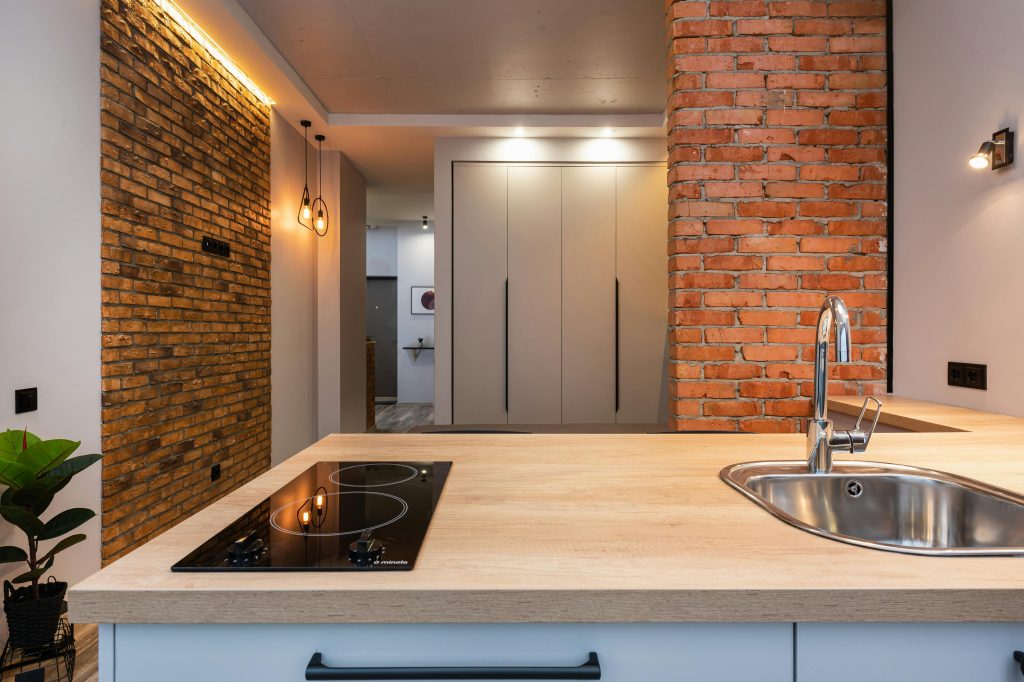
Electric stoves are popular in many homes and apartments due to their safety, affordability, and ease of use. However, keeping them clean—especially the burners and drip pans—can be tricky if not done regularly. Grease buildup, burnt food, and spills can cause your stove to smoke, smell, or perform inefficiently.
This guide will walk you through the best ways to clean an electric stove, including cleaning coils, drip pans, and removing stubborn stains using household items like baking soda and vinegar.
🔌 About Electric Stoves
Electric stoves are commonly found in older homes, condos, and apartments. Unlike gas ranges, they don’t have open flames, making them a safer alternative in many households. Here’s why many prefer them:
✅ Pros:
- No risk of gas leaks
- Affordable and easy to install
- Safer (no open flame)
- Even heat distribution
- Standardized features
❌ Cons:
- Fewer style options
- Slower to heat up or cool down
- Cleaning the heating elements can be challenging
- May be more expensive to operate in the long run
Despite a few downsides, electric stoves remain a favorite thanks to their convenience and safety features.
🧽 How to Clean an Electric Stove (3 Effective Methods)
⚙️ Method 1: Burn Off the Grease (Use With Caution)
This method helps remove old, hardened food and grease stuck to the coils.
Steps:
- Turn on the burner to medium-high heat.
- Allow the grease to burn off. Keep the kitchen window open or the exhaust fan running.
- Wait until the smoke clears and the burner cools completely before wiping.
🚨 Important: Never leave the stove unattended during this process. Watch the burner until it’s completely off and safe to touch.
🧼 Method 2: Clean Stove Coils with Dish Soap and Baking Soda
This is the most common method for routine cleaning.
Step-by-step:
- Let the coils cool completely, then gently remove them. Refer to your stove’s manual if unsure.
- Dampen a dish rag, apply a few drops of dish soap, and gently scrub the coil surface.
- Avoid wetting the electrical connectors. Do not submerge the coils.
- For tough stains, make a paste of baking soda and water, apply it to the stubborn spots, and let sit for 20–30 minutes before scrubbing.
- Rinse lightly and allow the coils to dry fully before reinstalling.
🫙 Method 3: Deep Clean Drip Pans with Vinegar and Baking Soda
Drip pans often collect the most grime and grease.
Steps:
- Remove the drip pans and coils (once they are completely cool).
- Place each drip pan in a separate zip-lock bag.
- Add ¼ cup baking soda and ¼ cup vinegar to each bag.
- Seal and shake the bag until the mixture starts to fizz.
- Let sit for 4–5 hours.
- Remove, rinse, and dry thoroughly.
✨ You’ll be amazed at how clean and shiny they become!
🧼 Daily & Monthly Maintenance Tips
- Daily: After each use, wipe the surface with a soft cloth and warm soapy water.
- Weekly or Monthly: Remove knobs and wash them in warm soapy water. Dry thoroughly before reinstalling.
- Monthly: Deep clean coils and drip pans to prevent smoking and unwanted odors.
❓ FAQ: How to Clean Electric Stoves
Q1: Can I use oven cleaner on an electric stove?
A: Oven cleaner is too harsh for most electric stove surfaces. Use milder cleaners like vinegar, baking soda, or dish soap.
Q2: What’s the best way to remove burnt food from stove coils?
A: Burn it off at medium heat, then scrub the residue off with a baking soda paste.
Q3: Can I put electric stove parts in the dishwasher?
A: No. Stove coils and drip pans should not be submerged or placed in the dishwasher. Always hand-wash carefully.
Q4: How often should I clean my electric stove?
A: Wipe it down daily, clean burners weekly, and deep-clean drip pans at least once a month.
🏁 Final Thoughts
Cleaning your electric stove doesn’t have to be a chore. By using simple kitchen ingredients and adopting a regular maintenance routine, you can keep your cooktop looking pristine and performing efficiently for years. Whether it’s burnt-on food, grease stains, or dull drip pans, these proven methods will help you restore shine without expensive cleaners or professional help.
Leave a Reply
You must be logged in to post a comment.